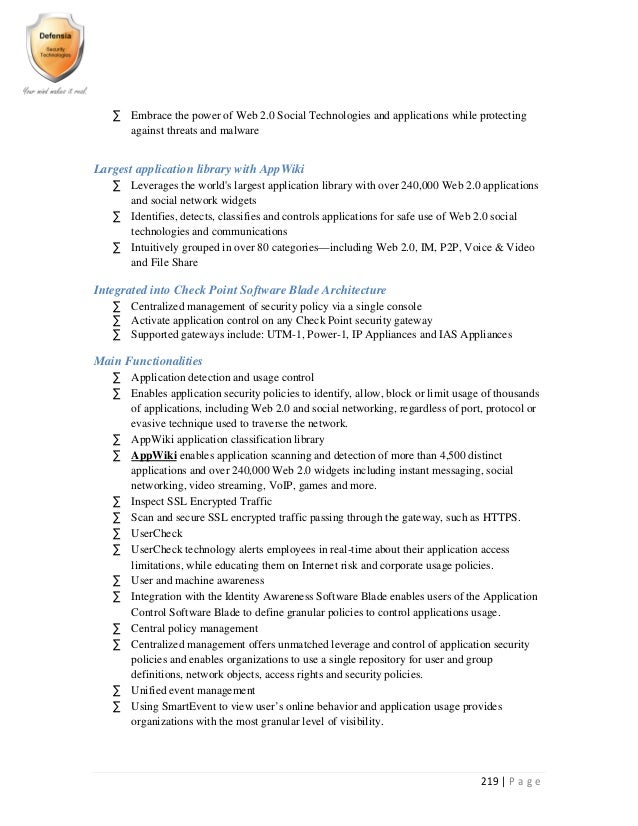
Image source: https://d28wbuch0jlv7v.cloudfront.net/images/infografik/normal/chartoftheday_3948_the_annual_economic_impact_of_global_violence_n.jpg
Necessities for Optimal Functionality
The 1st 2 needs may be studied and established with endurance & training, best-in-class enrolling steps & through providing attractive compensation offers in line with market. Simply no manager is born with those abilities. They should be acquired and are so complicated that no company could supply them all. But, companies can obviously provide their managers with tools which allow these people to observe their objectives & report on them. And this is where business reporting & business statistical tools come in-to play, as an example, the already well-known score cards, which are visual management tools, key performance indications and statistical data.
Administrators handle lots of information they must store, organize and analyze in order to make smart choices. That information arises from different sources: e_mails, mobile devices, social networking, etc. Well, statistical business applications perfectly allow consolidating all of this data and transforming it in to beneficial & purposeful advice. They usually offer a variety of statistical business practices which render it feasible to perform correct analyses, create data so as such analyses might be made quickly & conveniently, & support organize high-quality reports and graphics. This all without neglecting visualization capabilities clearly shows the idea of the conclusions driven from the analyses.
The pros of business statistic tools
The specified advantages of statistical tools abound, but they would be described in-to five:
* Visibility: Supervisors fully understand exactly what is going on across the company, which aids those individuals manage it better.
* Ongoing enhancement: As Peter Drucker, a management guru of the last century, pointed-out if you can not measure it, you can not strengthen it; a quotation properly relevant to a company's performance.
* Time savings: Managers expend time and effort accumulating data from different systems within the company & creating reports of this data. Statistical applications are strong associates in this sense, merely because they show the latest outcomes from every report, thus saving a precious time.
* Performance tracking: All managers spend hours generating business strategies. Yet, this is only the outset of this journey. Exactly what comes afterwards is ensuring that ideas are on the right course, since score-cards automatically display in real time where the company is vis--vis the objectives of strategies created.
* Employee efficiency betterment: When an employee is aware that their general performance is being scored and they might also look at it easily, their very first reaction would be to strengthen it.
It's not too hard to illustrate some of those advantages. Let us put an example that any international firm experiences frequently. In case this company sends its best sales team to close a deal to the other side of the Atlantic, they'd better be conscious of the truth that employees' mobile bill has rocketed in barely one day and extensively exceeds the telephone funds for that complete trip. In this way, the company could take on measures such as blocking the cellphone.
Similarly, business statistic tools are a gold-mine for the people responsible for designing marketing strategies, since they help them adjust to the strategies to real market demands at the specific point in time. That is to state, they organize to determine that at 10 p.m. most viewers of the specific channel are gents between 30 & 40 and, subsequently, they commit to show a car advertisement.
As long as document management software firms are concerned, statistical business solutions help their customers to strengthen their processes, because they know all the time what procedures require more resources, the period of time each activity has taken, and the physical memory space on disk & data bases the resulting files have used.
The scorecard as the main challenge
At this point therere only some complications this kind of business statistic applications have to face. The initial one is truly the selection of analytics that underlie the analyses they make. If managers choose the appropriate indicators, the ending statistics is often more reliable. The 2nd one is the fact that score-cards must be made by utilizing APIs or application programming interfaces with corporate systems. The choice of workers keying in data manually in to the scorecard includes too many pitfalls (incomplete, wrong, outdated data, etc.). The optimal scorecard connects with data instantly & up-dates it. And let us not forget that it should be feasible to view the outcomes on any browser rather than storing them in personal computer systems. With this, any person who has to access the data can perform it easily.

